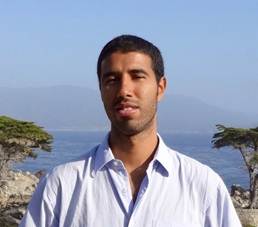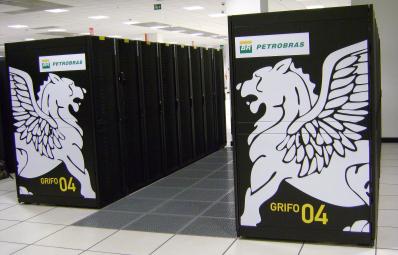 CUDA Spotlight: Paulo Souza By Calisa Cole, posted Nov. 21, 2012 GPUs for Seismic ImagingThis week's Spotlight is on Paulo Souza of Petrobras, the Brazilian multinational energy company headquartered in Rio de Janeiro. Paulo has been working for nine years with E&P (Exploration & Production) geophysics software and seismic imaging on HPC clusters. This interview is part of the CUDA Spotlight Series. Q & A with Paulo SouzaNVIDIA: Paulo, what do you do at Petrobras? Our algorithms are used across all of our oil fields, including specific algorithms for ultra-deep areas, where the depth of the water is more than 1500 meters. Since that time, we've invested in five GPU clusters, including the Grifo04 built with Tesla M2050 GPUs. Grifo04 is the fastest supercomputer in Latin America. GPUs get the work done fast, while also allowing us to use more accurate and demanding algorithms. For example, in the Kirchhoff Time Migration algorithm we got a 20X speedup when comparing a GPU node against a CPU node. We like using CUDA because of the ability to write a "scalar" code that is internally vectorized by the compiler. Our codes are really clean and readable.
NVIDIA: What changes do you expect the industry to undergo in the next decade? Bio for Paulo SouzaPaulo Souza is an HPC consultant/researcher at Petrobras. Paulo has been working for 9 years with E&P production geophysics software, seismic imaging on HPC clusters, RTM, One Way Wave Equation, Kirchhoff, multiple architecture optimization (GPGPU, x86, Power, Cell) and cluster deployment. His professional interests include GPGPU, new architectures for HPC, portable fault tolerant MPI applications and fault tolerant I/O, code optimization and SIMD assembly programming, auto-tuning, vectorization, and performance tuning tools. His education includes a B.Sc. in Computer Engineering from Pontifícia Universidade Católica do Paraná. Relevant Linkshttp://www.petrobras.com.br Contact Info http://www.linkedin.com/in/paulo7 prps (at) petrobras.com.br |
